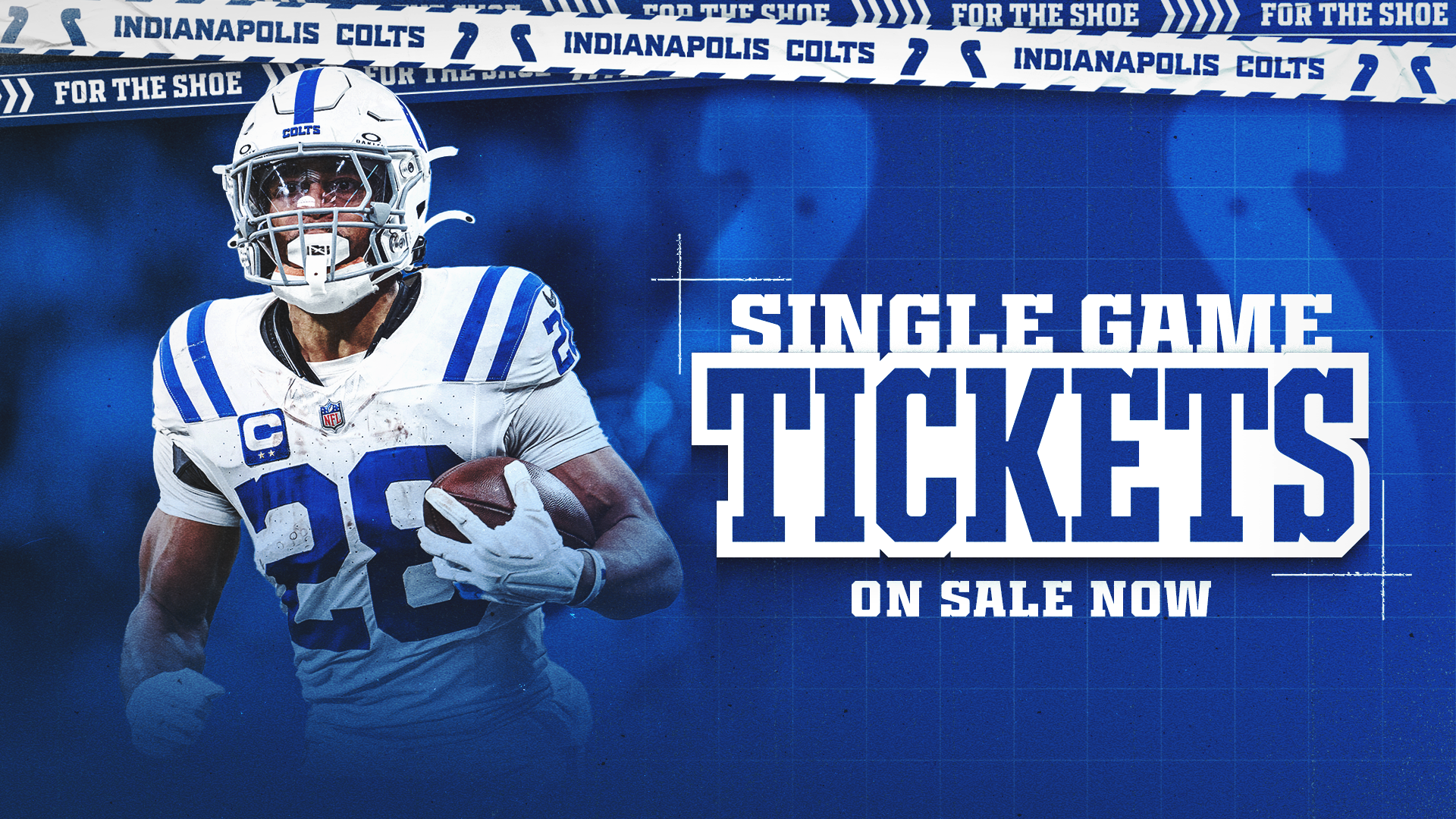JUDGING COLLEGE QUARTERBACKS CAN BE AN NFL SCOUT'S TOUGHEST ASSIGNMENT"The quarterback position is just a completely different animal."
So said Tom Telesco, the Colts' director of player personnel, when asked to name the most difficult position to scout at the college level and project for NFL success.
At most positions, a prospect's height, weight, speed and strength are typically the most important starting points for an NFL scout. With quarterbacks, however, those abilities often pale in comparison to measurements of other aptitudes as a scout attempts to envision the athlete's future.
"It's intangibles," Telesco said about a quarterback's most valued assets aside from passing ability. "It's their football makeup, their football intelligence. You can't get all of that from just watching tape of them."
Chris Polian, the Colts' vice president and general manager, agreed about the difficulty of judging quarterback talent and noted: "There's so much more to the position that what you see on the field. And the quarterback, you hope, is the hardest worker on the team."
Prior to the 2011 NFL Draft in April, Colts executives visited some college campuses to look at quarterbacks. But they weren't necessarily shopping for immediate help. They were adding to their library of personnel data at one of the game's most critical position.
In preparation for the draft, teams can talk directly to a prospect and gain insights on his personality and football DNA. Once a player is in the NFL, other clubs are relegated to viewing him on the field or on videotape.
The Colts drafted four-time NFL Most Valuable Player Peyton Manning in 1998 and handed him the keys to the offense. Nothing has changed in the status of the 35-year-old Manning. As the Colts met with college quarterbacks this spring, the team simply was glancing at draft-eligible prospects because selection process rules allowed it.
"The college scouting report is always carried over with the player," Polian said. "We just felt where we had some guys on the (draft) board and where we're at in terms of looking toward the future, it was probably wise to take advantage of the opportunity the draft process gives you in terms of knowing people."
When Polian and Telesco meet with college quarterbacks, the sessions often involve specific, Colts-related measurements.
"You go work them out, and you can have them throw the routes we run, the drops we do," Telesco said.
"You can get in the classroom with them, have them get up on the board and diagram (plays). We can put some NFL coverages up there (and ask), 'What would you do here?' We get them watching tape. 'What are you seeing?' That's stuff you can't do in the fall. You can't talk to the kids in the fall."
When the session is over and the information is compiled, Telesco said, the Colts will "catalog it for the future. ... We've always gone out and done it. It's something you have to do."
The 2011 draft saw six quarterbacks selected in the first 36 picks, including four in the first 12 slots. Overall, 12 quarterbacks were picked -- a solid showing for the high-profile position.
"There are never 20 quarterbacks; there are not that many prospects," Telesco said, explaining why the Colts budget time to see college quarterbacks. "You want to narrow it down to a small working group and you have to do that. That's the one position where you have to spend face-to-face time."
OTHER POSITIONS THAT ARE TOUGH TO PROJECT FOR NFL SUCCESS-- Chris Polian said it's difficult to assess college place-kickers, primarily because they aren't required to use the K-ball that is part of the NFL. By NFL rules, a fresh K-ball is always used in the kicking game. "We don't know what kind of balls they are kicking in college," Polian said. "When there's that much difference, that's a pretty big deal. (The scouts) do spend a lot of time actually going back and working kickers out in the spring."
-- Bill Polian, the Colts' vice chairman, mentioned offensive and defensive linemen as well as quarterbacks when he talked about specific positions that need at least three years to develop in the NFL. "That's because defensive linemen and offensive linemen, along with quarterback, are the toughest positions to come in and play right away," Polian said during a pre-draft news conference. "The change in technique, the change in difficulty of the position, the change in the length of the season, the ferocity of the hitting -- all of that makes it very difficult for those players to come in and play."
















